When your baby starts cooing and babbling, it’s like hearing their first little hello—and it’s a big deal. Those early sounds are the start of their language journey, and as a parent, you want to do everything you can to help it along. That’s where talking toys for infants come in.
These toys aren’t just cute or fun; they actually help your baby learn to listen, respond, and eventually speak. But not all talking toys are the same. In this guide, we’ll walk through when to start using them, what to look for, and how to make the most of them in your daily routine.

Why Are Talking Toys Important for Infant Development?
Talking toys can do more than just entertain your baby—they can actually help support early learning and language development in a fun, engaging way.
Here’s how they help:
· They introduce new sounds, words, and rhythms: Toys that talk, sing, or repeat phrases give your baby a chance to hear clear, simple language over and over. That repetition is great for helping babies learn how words sound and how to mimic them.
· They teach cause and effect: When your baby presses a button and hears a sound or voice in response, they’re learning that their actions make things happen. That’s a big step in understanding how to communicate on purpose.
· They build social skills like turn-taking: Interactive toys that “respond” can help babies start to grasp the back-and-forth rhythm of real conversations. When you play along with your baby, they also learn to focus on the same thing as someone else—something called joint attention, which is key for communication.
When Should You Introduce Talking Toys to Infants?
You don’t need to rush. In the first few months (0–3 months), your baby is most interested in your voice and expressions. Rattles or cuddly toys are great at this stage—no need for electronics just yet.
Around 4–6 months, once your baby starts grabbing and batting at things, you can try simple talking toys that say a word or sing a short tune when pressed. Just keep the volume low and the playtime brief.
From 6 to 12 months, babies become more curious and love to explore cause and effect. Toys that talk or make sounds when buttons are pushed can be a big hit. This is also a great time to start naming the toy sounds with your baby—like saying, “That’s the cow! Moo!”
After 12 months, you can try toys that encourage your toddler to respond—like ones that say “Can you say hello?” or ask simple questions.
Talking Toys for Infants: What to Look For?
There are a ton of talking toys out there, but not all of them are great for your baby’s development, or your ears. Here’s what to keep in mind when picking one that’s both fun and actually helpful.
Go by age and safety first.
Start with toys that are clearly labeled for your baby’s age. This isn’t just about what they can do—it’s also about what’s safe. Look for toys that meet safety standards like ASTM F963 and avoid anything with small parts that could be a choking hazard, especially for babies under 3 years old.
Babies put everything in their mouths, so go for toys made with BPA-free plastic or soft, washable fabrics. Also, check that battery compartments are securely screwed shut to keep curious hands out.
Check the volume.
Babies love pressing buttons over and over, so if a toy is loud, it’ll get old fast—and it could even harm their hearing. Try to stick with toys that stay under 85 decibels. If it seems too loud to you, it’s probably too loud for them. Look for toys with volume control or just stick some tape over the speaker to soften the sound.
Look for clear, simple speech.
Pick toys that use real words and short phrases rather than nonstop jingles or random noises. Babies learn by hearing language over and over, so toys that model simple words give them something to mimic and learn from.
Choose toys that pause.
Toys that say something, then wait, are ideal. That little pause gives your baby a chance to respond with a babble or sound. It’s a great way to encourage turn-taking, which is an important early communication skill.
Think beyond one-trick toys.
The best talking toys grow with your baby. Look for ones that offer a few ways to play—maybe they sing, play stories, ask questions, or name colors and animals. These tend to hold your baby’s interest longer and give you more chances to join in and talk together.
Here are two great options from Alilo that tick every box we just covered, each with its own specialty:
If you’d like a first rattle that also “talks,” the Alilo Smarty Bunny baby rattle is built for that job. A quick shake or button press cycles through four sound modes—66 nature sounds, 16 nursery rhymes, 13 mini stories, and five lullabies—giving your baby bite-size bursts of real language.
What makes this one especially unique is its color recognition feature. Set the base on an included color card and the toy names the color aloud, turning everyday play into a mini language lesson. Its RoHS-grade silicone ears light up in seven soft colors, offering gentle visual interest without over-stimulating tiny eyes.
A compact USB-rechargeable body and a high-strength ABS shell keep it sturdy for daily drops and easy on the go. It also powers down on its own after 30 minutes, so it won’t disturb nap time or drain the battery unnecessarily.
 Another talking toy that keeps things simple and screen-free is the Alilo Bunny baby music player. It arrives pre-loaded with a library of nursery rhymes, lullabies and short stories, and you can easily add via PC or stream new tracks over Bluetooth whenever you like, so you stay in charge of what your baby hears.
Another talking toy that keeps things simple and screen-free is the Alilo Bunny baby music player. It arrives pre-loaded with a library of nursery rhymes, lullabies and short stories, and you can easily add via PC or stream new tracks over Bluetooth whenever you like, so you stay in charge of what your baby hears.
Soft silicone ears glow in seven gentle colors and double as a night-light, easing the bedtime routine while adding a soothing visual cue. Power and volume are handled by a chunky tail-shaped knob, making it easy to keep sound levels baby-safe. A high-quality speaker, a rechargeable battery that lasts roughly six hours, and a drop-resistant ABS shell mean you can toss it in a diaper bag without worry.

How to Use Talking Toys Effectively
Parents and the research agree: talking toys work best when you stay in the conversation. Here are some simple ways to make the most of them:
Play together, not just nearby.
Instead of setting the toy in front of your baby and watching from the sidelines, sit with them and join the fun. Press a button, then talk about what you both hear. For example: “That’s a dog! Woof, woof!” Your baby learns more when you respond to what they’re focused on.
Connect play to real life.
If the toy says “cow,” point to a cow in a book or make the “moo” sound together. Linking the toy’s words to everyday moments makes them more meaningful and easier to remember.
Pause and wait.
After the toy says something, give your baby a few seconds to respond. Even if they just make a sound or look at you, that back-and-forth is how real conversation begins.
Let your baby lead.
If your baby seems more interested in chewing the toy or looking at something else, that’s okay. Follow their lead and talk about what they’re doing instead—babies learn more when you’re tuned into their interests.
Keep it short and switch it up.
A few minutes of play at a time is usually enough. Too much can be overwhelming, especially if the toy has bright lights or constant sound. Rotate toys every few days to keep things fresh and give your baby a variety of new words and sounds to hear.
Expert Tips for Supporting Infant Speech
Toys are great, but the real magic happens in your everyday interactions. Here’s what speech and child development experts suggest to boost your baby’s language skills:
Talk often and talk about what they see.
Notice what your baby is looking at and talk about it. Narrate what you do during daily routines such as changing diapers, feeding, or walking. Use clear, simple language and a warm tone. This helps them connect words with what they’re experiencing—and it’s one of the strongest ways to build vocabulary.
Use that sing-song “baby talk” voice.
It might feel silly, but babies love it. That exaggerated tone—called “parentese”—makes it easier for your baby to notice and understand the rhythm of speech.
Respond to your baby’s sounds.
When your baby coos or babbles, respond with enthusiasm. Imitate their sounds or add words to create a mini conversation. This back-and-forth teaches babies the basics of communication and turn-taking.
Get face-to-face.
Position yourself at your baby’s eye level during play. Let them see your mouth move as you speak. It will help them understand how sounds are formed and strengthen their social connections.
Add gestures and signs.
Simple signs like “more” or “all done,” along with waving or pointing, can help your baby communicate before they can talk—and often helps speech come faster.
Start reading early.
Even if your baby just wants to chew the book, it’s still worth it. Picture books introduce new words and ideas and help build a love for language from the start.
Conclusion
At the end of the day, talking toys for infants are just one piece of the puzzle, but they’re a helpful one. The right toy can encourage your baby’s listening skills, build vocabulary, and support the basics of speech and conversation. You don’t need to do anything fancy. Just playing together, talking back and forth, and following your baby’s lead makes all the difference. With a little help from the right toy—and a lot of love from you—your baby’s voice will grow stronger every day.
FAQs
Can talking toys replace human interaction?
No. While talking toys can be entertaining and helpful, research shows that babies learn language and social skills best through real conversations with caregivers. Human interactions offer emotional connection, responsiveness, and social cues that toys can’t replicate. Engaging directly with your baby—through talking, reading, and playing together—is essential for healthy development.
How long should my baby play with talking toys?
Babies benefit most from short, supervised play sessions with talking toys. Young infants often engage for just a few minutes at a time, and their interest lasts longer when caregivers participate. It’s important to balance toy time with other activities like reading, singing, and face-to-face play, which are crucial for cognitive and emotional growth.
Are screen-based talking toys helpful or harmful?
Screen-based talking toys can offer some educational value, but too much screen time can be overstimulating and may limit important real-world experiences. When used occasionally and with guidance from an adult, they can be part of play, but traditional toys and human interaction are better for healthy development.
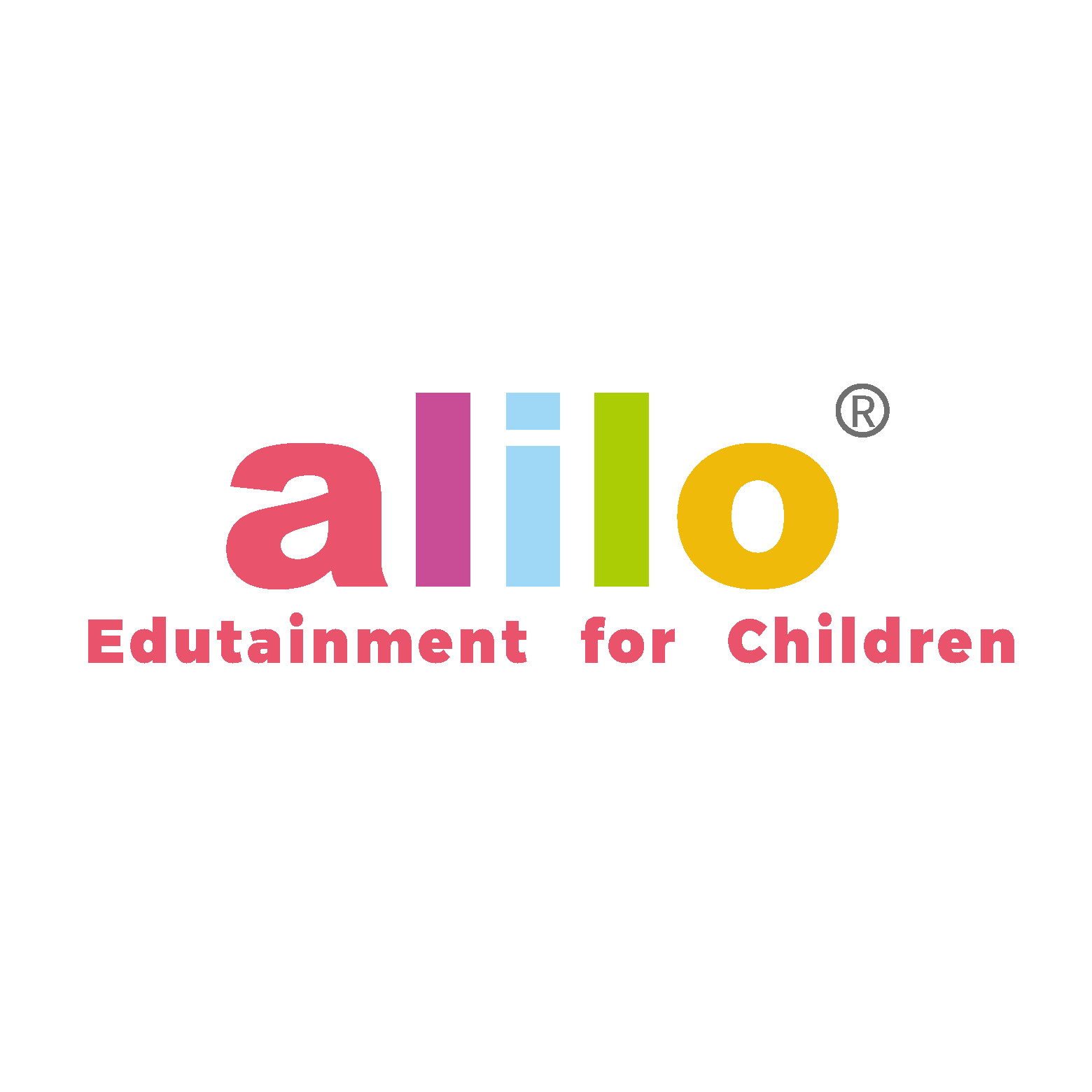
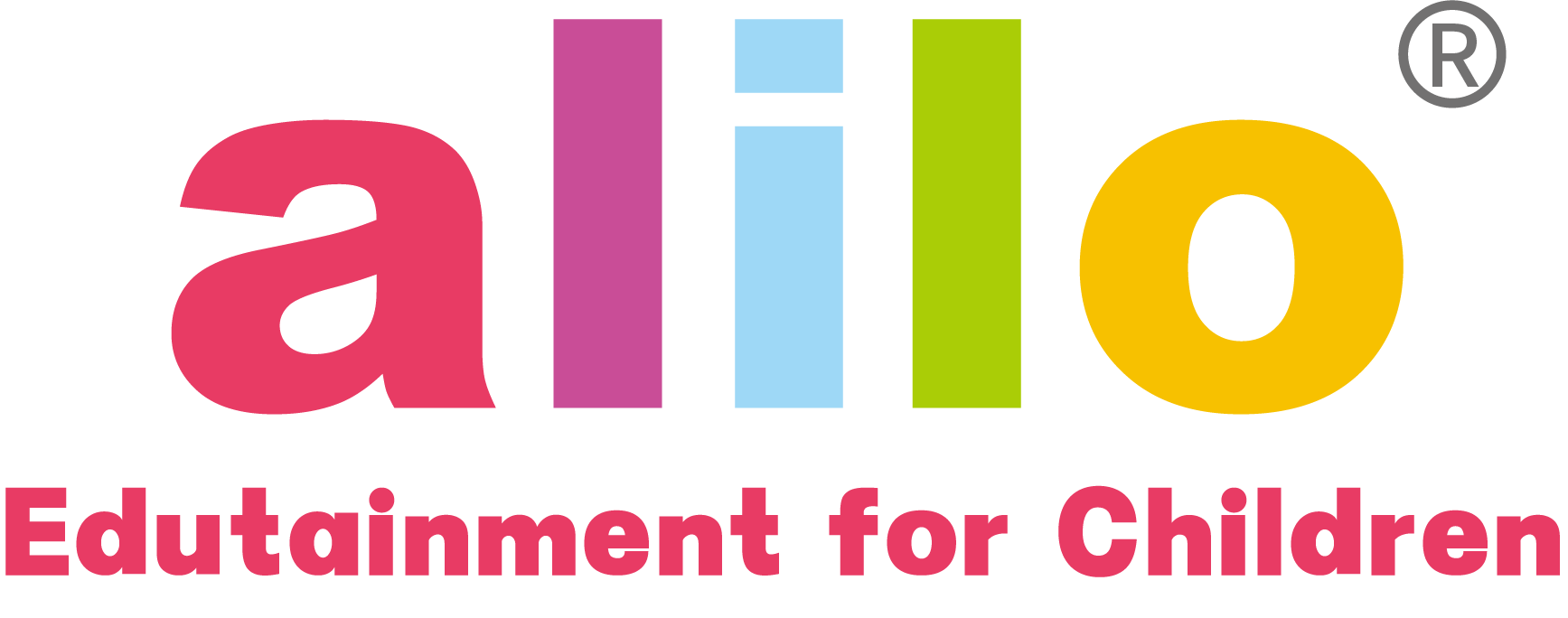
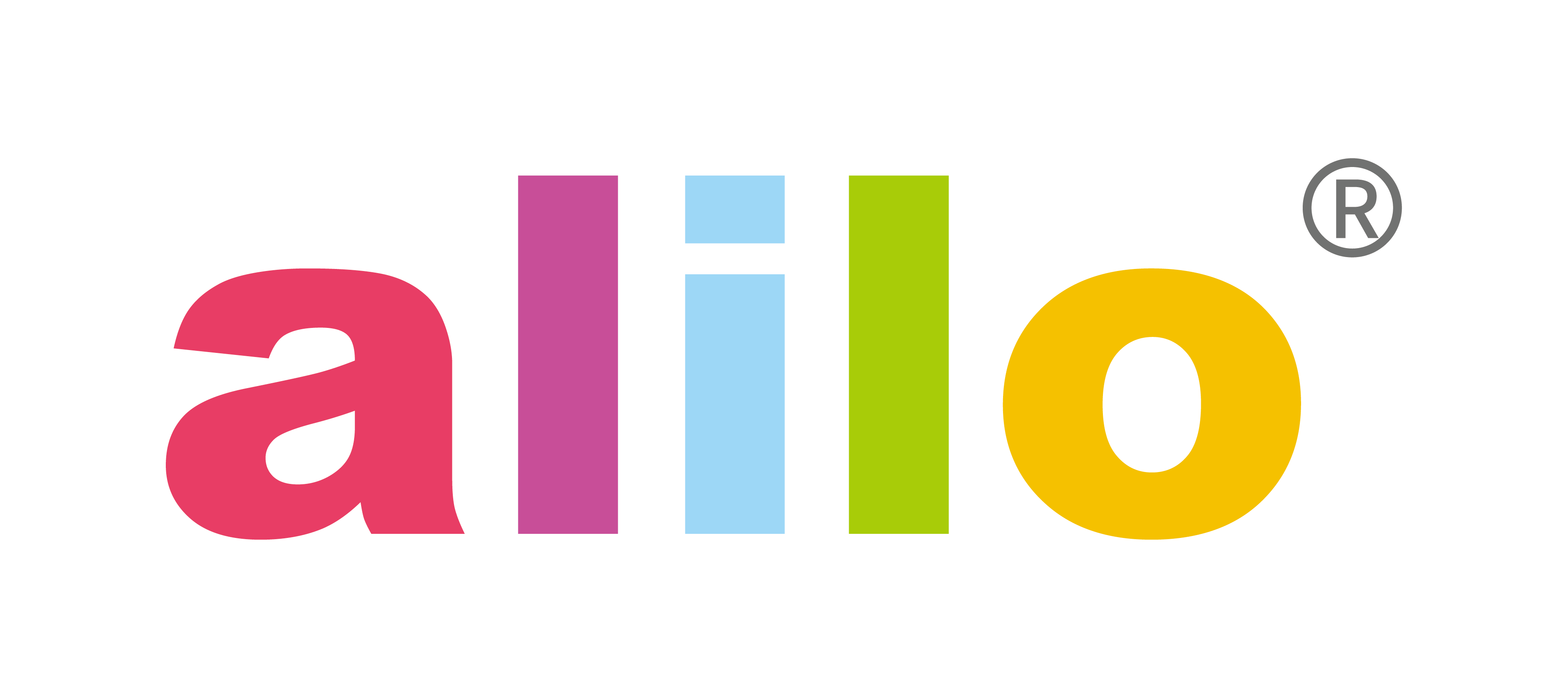

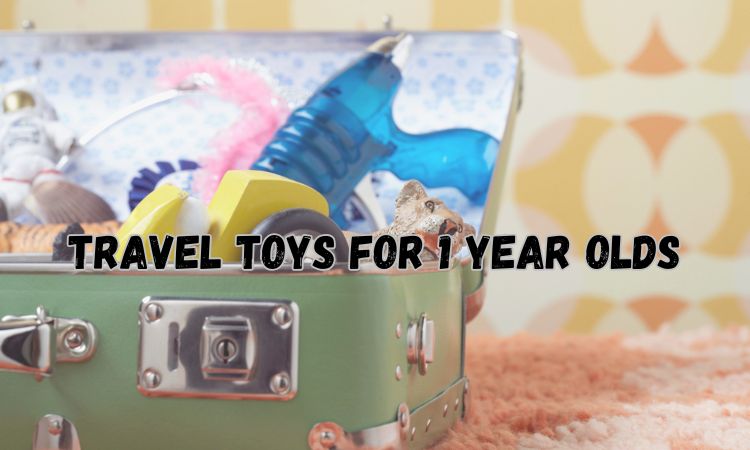
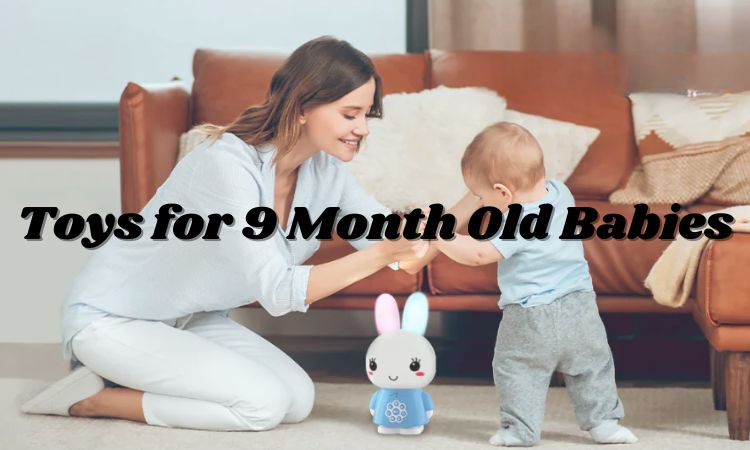
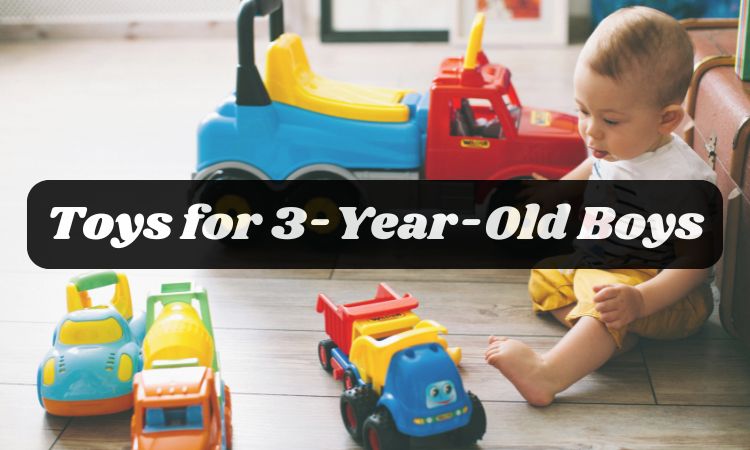
Share and get 5% off!
Simply share this product on one of the following social networks and you will unlock 15% off!